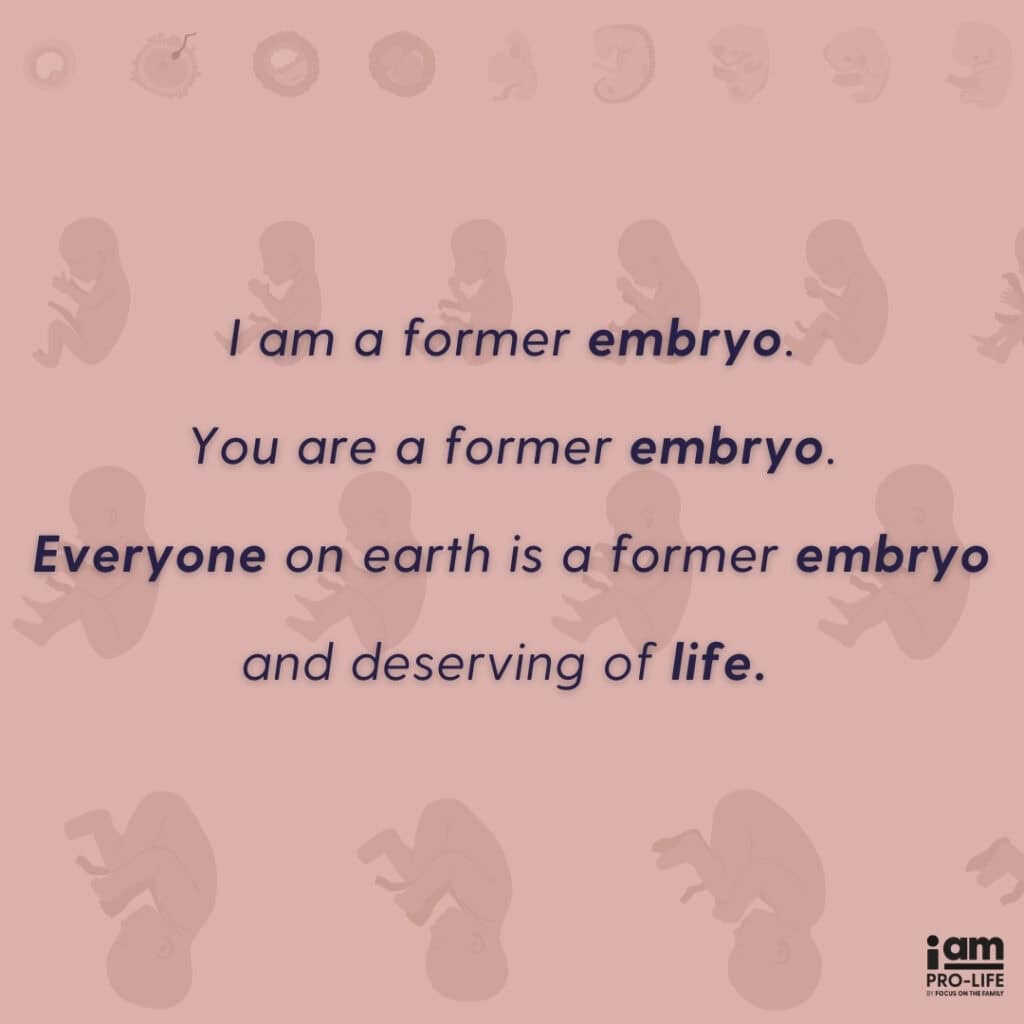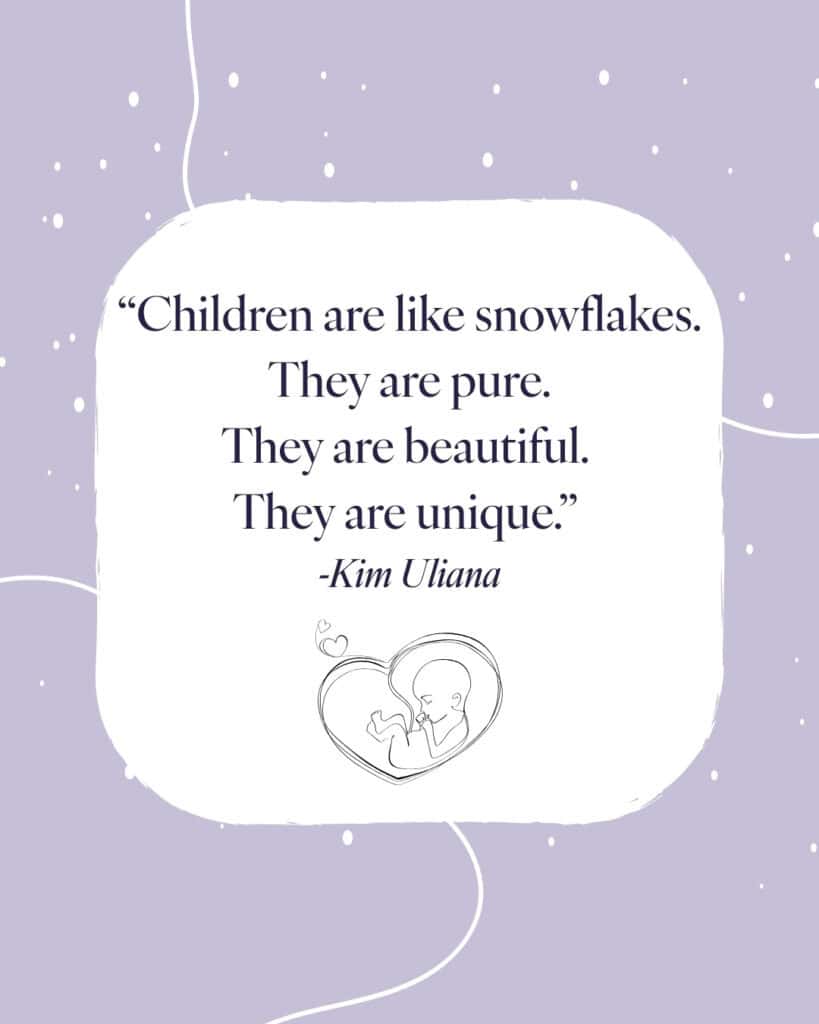“So, they’re like sea monkeys?” was the question I asked in my 10th-grade human physiology class when first learning about frozen embryos via IVF. Sea monkeys, a type of brine shrimp popular with children, “come to life” through cryptobiosis—a suspended animation state that animals enter in harsh conditions and exit when the environment improves. Although I had a limited understanding of frozen embryos, the explanation I first received closely resembled the cryptobiotic shrimp. While sea monkeys are an interesting science experiment, they pale in comparison to the complexities of frozen embryo ethical issues, cryopreservation risks, and IVF.
What is IVF
IVF, short for in vitro fertilization, is a fertility procedure where doctors combine an egg and sperm to create a fertilized egg, which they then implant in the uterus to develop and grow. IVF has been successful for multiple decades, with over 8 million babies born through the process in the US alone. This form of assisted reproductive technology (ART) also raises ethical issues, particularly regarding the handling of frozen embryos.
What Is an Embryo?
An “embryo” is the initial stage of development in a multicellular organism, including human beings, that begins after fertilization. IVF typically involves creating multiple embryos outside the body for possible implantation. The embryos are monitored to identify which progress to blastocysts, where dividing cells form from a fertilized egg. A pregnancy cannot progress unless the blastocyst stage is reached because the cell layers become the structures that shield and nurture the fetus.
Are Frozen Embryos Alive?
Frozen embryos are alive and human. To quote the National Library of Medicine, “Embryos are whole human beings, at the early stage of their maturation.” I am a former embryo. You are a former embryo. Everyone on earth is a former embryo and deserving of life. Once fertilization occurs, the sperm merges with the egg, creating a unique genetic blueprint for the human being. Frozen or not, an embryo is a living, genetically unique life that will never exist again. Herein lies the root problem: Many believe frozen embryos lack the traits necessary to be considered respectable human beings. Because of this ethical ambiguity, frozen embryos are often treated with the same disregard as, for example, a sea monkey. Ethical issues, such as the risks of freezing embryos, highlight their dehumanization and should concern both pro-life advocates and married couples considering IVF.

What is Cryopreservation?
Once the blastocyst stage is reached, embryos are either implanted in the uterus or frozen through cryopreservation. The most common cryopreservation method, vitrification, replaces water in embryo cells with cryoprotectant fluid and stores them in liquid nitrogen. Slow freezing is another cryopreservation process that uses a less concentrated cryoprotectant and gradually cools the embryos before storing them in liquid nitrogen. These frozen embryos are kept at clinics, labs, or facilities and can be preserved for up to 10 years or more. In fact, Thaddaeus Daniel Pierce, originally an embryo conceived in 1994 and frozen since, was recently implanted and born, making him a 30-year-old baby.
Why Are Embryos Frozen?
According to Women’s Health Issues, infertility specialists create and implant as many embryos as possible to boost success rates and stay competitive. Some embryos also do not develop to the blastocyst stage, which means they are unsuitable for transfer. After successful implantation, however, couples often end up with surplus embryos, which they may freeze for future use.
This practice frequently leads to their destruction due to the impracticality of storing them indefinitely. Some estimate that clinics across the US store over a million and a half frozen embryos. Certain countries even require the disposal of excess embryos after a defined timeframe to free up space. Even if a couple opts for implantation instead of freezing, they risk having multiple pregnancies, which raises health concerns for both mother and child.

Cryopreservation Risks
The practice of freezing embryos itself poses many risks. During slow freezing, ice crystals can damage cell membranes, releasing enzymes that affect DNA and chromosomal integrity. Even with vitrification, studies show that freezing and thawing embryos can alter cells at the molecular level, disrupting development. DNA can also be compromised in the process, creating issues with fertilization, development, higher abortion rates, and childhood diseases.
Cryopreservation can cause genomic instability by introducing stressors that disrupt genetic maintenance, potentially leading to health issues like cancer. Think of freezing a ripe banana: While its structure stays intact before freezing, the banana becomes mushy and unstable once thawed due to molecular changes. Similarly, freezing embryos can cause microscopic damage, leading to health issues not present in the original embryo.
Frozen Embryo Storage Concerns
Frozen embryo storage at a cryopreservation facility can cost between $350 to $1,500 per year, depending on the contract, location, and security level. The kicker is that there are currently no federal laws that penalize fertility clinics for failing to report accidents that result in injury or death of an embryo, or adverse events of ART to the CDC. This leads to a lack of regulation, uniformed patients, and weak health and safety standards in said clinics. The question then is: If we consider embryos human beings, is it ethical to freeze them without proper protection while spending hundreds of dollars to do so?
What Is PGT?
Some clinics use preimplantation genetic testing (PGT) on frozen embryos to detect genetic abnormalities and gender. Some argue that PGT further exemplifies the dehumanization of frozen embryos in that it allows parents and doctors to “play God.” In other words, PGT enables parents to selectively choose embryos with their desired traits, while discarding the others. In 2018, an estimated 75% of clinics in the US allowed sex selection, with most offering IVF to choose male or female embryos. This practice raises issues regarding gender discrimination. Doctors have also used PGT to detect genetic abnormalities, but inaccurate results have led to the wrongful destruction of healthy embryos. The testing method can also cause damage during the biopsy process of removing cells from the developing embryo. When examining PGT, the pro-life community needs to consider these risks and complexities.
Ethical Alternatives to IVF
President Trump’s order to make IVF more affordable has reignited discussions on ethical alternatives, with pro-life organizations presenting policy recommendations. Fortunately, certain unique alternatives make assistive reproductive technology more ethical. For starters, married couples seeking IVF can request the creation of only the number of embryos they are willing to have implanted. This alternative eliminates the need for frozen embryos and often reduces health risks associated with multiple implantations. Additionally, considering the morality of PGT, people should weigh the process and its associated risks, especially concerning eugenic practices based on parental preference.
Embryo Adoption and Donation

When couples who have undergone IVF have excess embryos that they do not plan to transfer, there is an option to donate them to another family for adoption. This option is more ethical than leaving embryos frozen, as it allows them to be transferred into the adoptive mother’s uterus and have a chance at life. Nightlight Christian Adoptions pioneered embryo adoption and the “snowflake embryo adoption program,” comparing each embryo to a distinct, frozen snowflake.
While the laws for embryo adoption vary depending on state and avenue, the process for the adoptive family generally involves some type of screening, whether that’s a background check, health assessment, home visit, and/or interview. Use caution with this alternative, as donated embryos are often frozen, meaning they undergo cryopreservation and may face associated risks. Clinics may also have specific criteria for embryo donors, so a particular embryo might not qualify for donation. Additionally, certain clinics may allow adoptive families to select embryos based on certain traits like preferred eye or hair color, which is also ethically questionable.
Restorative Reproductive Medicine
Restorative reproductive medicine (RRM) is also an option for those seeking a holistic approach to infertility that addresses its root causes through diagnosis, treatment, and fertility charting. RRM optimizes reproductive function, aiming for pregnancy within 12 cycles without the need for IVF. One study found that RRM had a live birth rate of 40.4% per treatment cycle, compared to 24.4% for IVF. Unlike IVF, which creates multiple embryos that may be destroyed or frozen, intrauterine insemination (IUI) is another ethical alternative. It directly injects the husband’s sperm into the wife’s uterus, increasing the chances of pregnancy.
Traditional Adoption
Traditional adoption is a viable option for family planning, offering an alternative to the complexities of freezing embryos. Thousands of kids are waiting for people to love them and give them a forever family. Scripture tells us in Ephesians 1:5, “he predestined us for adoption to himself as sons through Jesus Christ, according to the purpose of his will.” To adopt is to reflect the same love and sacrifice demonstrated through the life and death of Jesus Christ. In the words of John Piper, “The Gospel is not a picture of adoption, adoption is a picture of the Gospel.”















